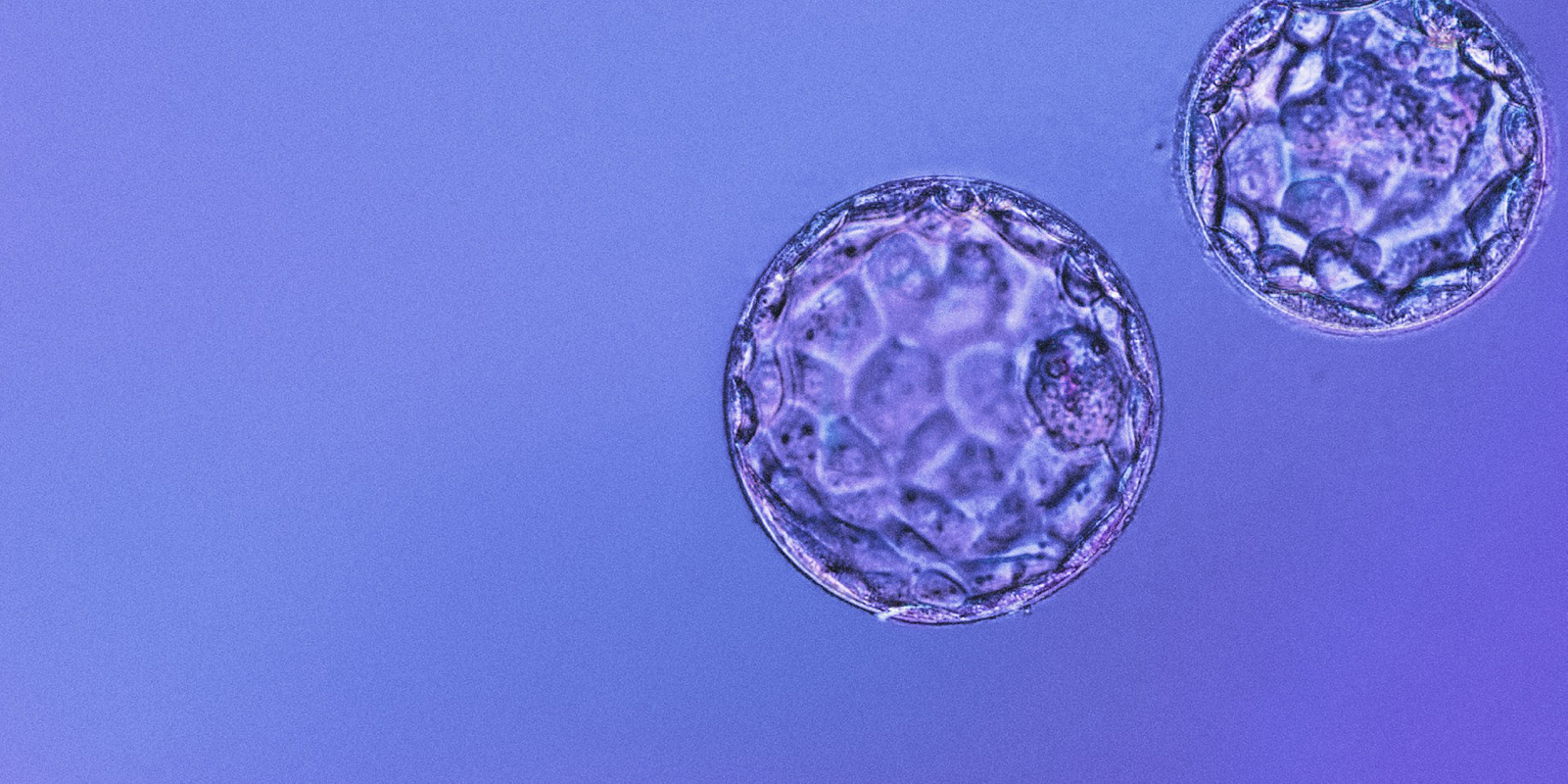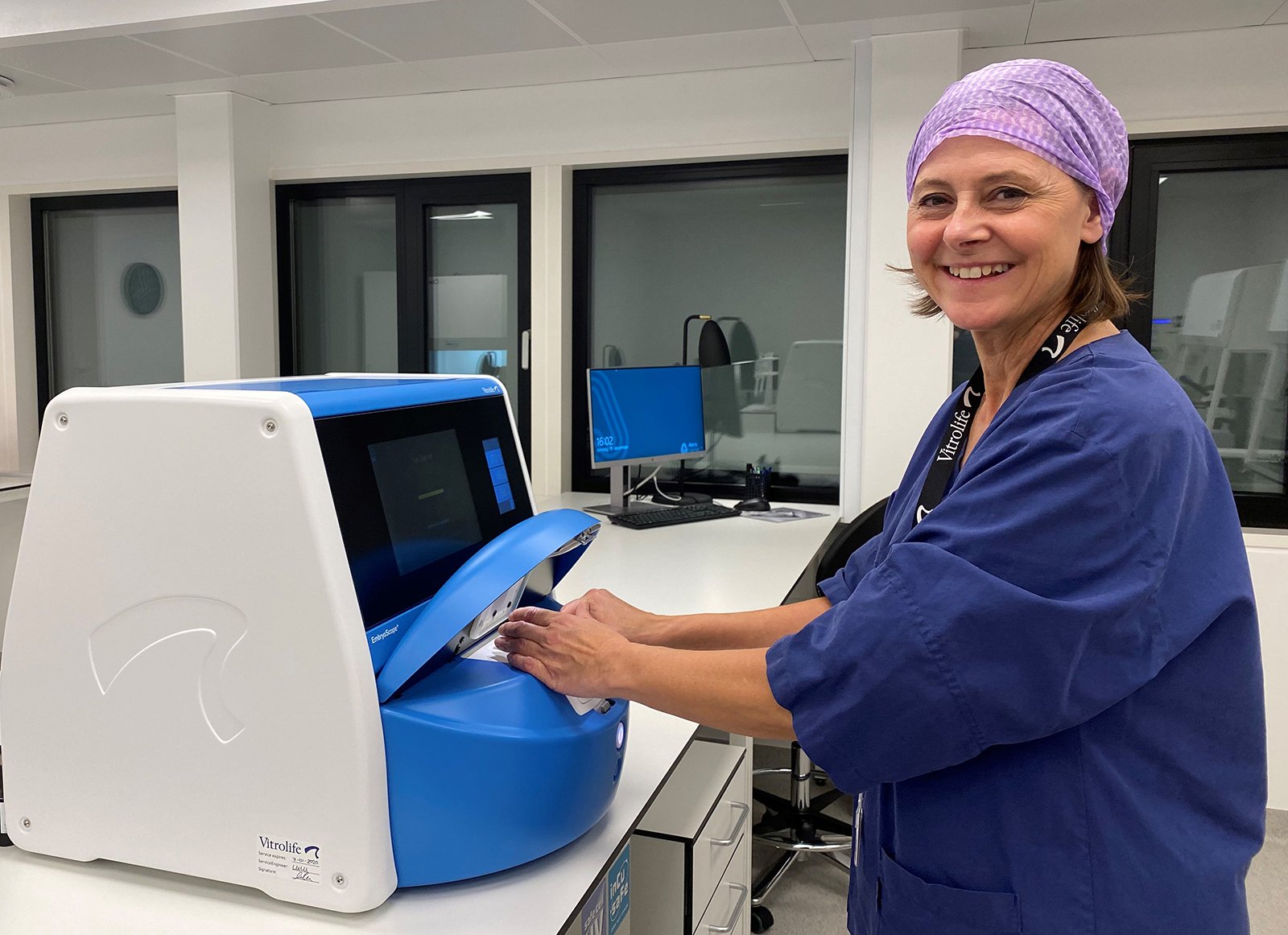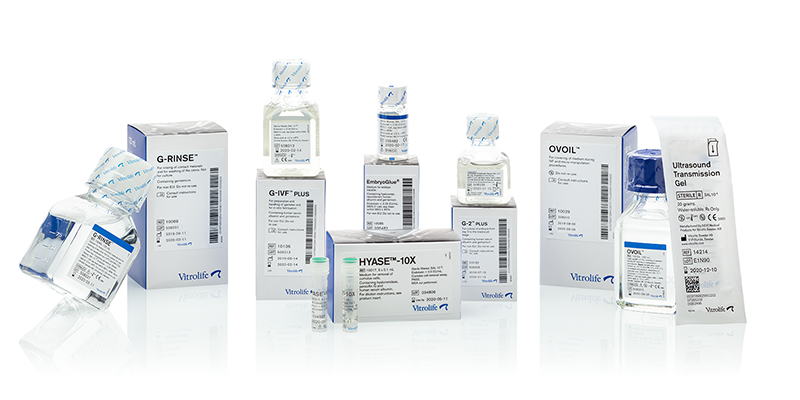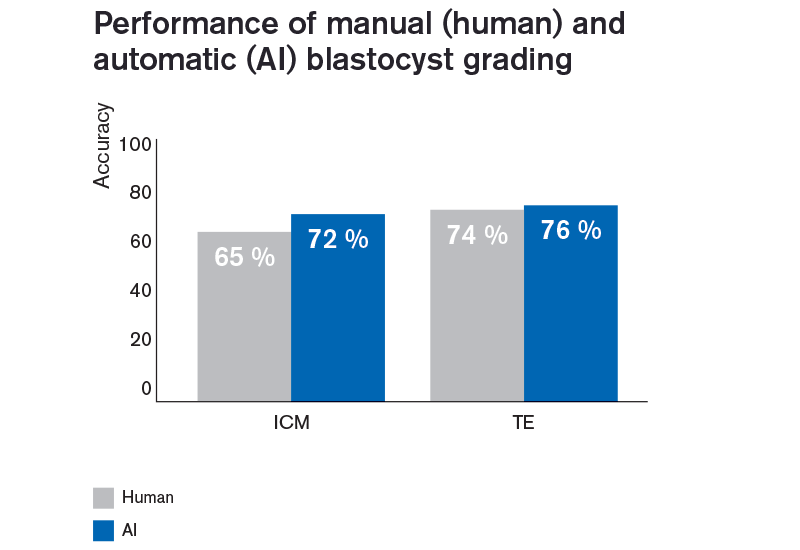This year, online was the place to be when participating in the 76th annual meeting of ASRM. In this blog post, thoughts and reflections from the Vitrolife team have been collected on some of the scientific content presented at the meeting.
Lactate and Embryos – a new perspective
By Prof. David K Gardner, Oct 1, 2020
What has lactate (aka lactic acid) got to do with embryos? Most people are familiar with this carboxylic acid only in the context of it as the end product of glucose use through glycolysis that builds up in your muscles when you exercise at the gym! Well, it transpires that lactate is actually a key regulator of embryo function, with new roles emerging as our understanding of cell physiology increases. In other words, it is far more important than we originally thought.
Thoughts and reflections from ESHRE 2020
By Vitrolife, Aug 20, 2020
The 36th annual meeting of ESHRE took place online this year, with more than 12,000 registered participants. Like last year, the Vitrolife team has put together our thoughts and reflections on some of the scientific content from the meeting. We also offer the opportunity to watch our recorded scientific symposium again.
What is artificial intelligence?
Artificial intelligence is widely used and affects our daily lives even if we do not notice. From smart phone tools and personalised shopping experiences to assisted airline operations and medical diagnosis. When the appropriate method is chosen and trained on data that sufficiently represents the intended use, artificial intelligence makes our life easier and more comfortable.
Current and Future Trends in PGT-A - Incorporating PGT-A into the IVF Journey [webinar recording]
By Vitrolife, Mar 26, 2020
Chromosome aneuploidy (abnormal chromosome copy number) is a major cause of IVF failure, pregnancy loss and in rare cases, affected live births. Preimplantation genetic testing for aneuploidy (PGT-A), following culture to the blastocyst stage, trophectoderm biopsy, vitrification and testing by next generation sequencing (NGS) based methods for chromosome copy number analysis, is now widely used to identify embryos with normal chromosome copy number (euploid).
Vitrolife Genomics: A busy year and exciting developments in PGT-A
By Prof. Alan H Handyside, MA PhD, Scientific Advisor, Feb 18, 2020
The beginning of a year is always a time for reflection on the achievements of the past year and an opportunity to look forward to what the coming year may bring. And for the newly formed Genomics Division here at Vitrolife, 2019 was certainly a busy time that has flown by. The team was well represented at all of the main reproductive genetics and IVF annual meetings including Preimplantation Genetic Diagnosis International Society (PGDIS) meeting in Geneva and Controversies in Preconception, Preimplantation and Prenatal Genetics (CoGen) in Paris. At ESHRE in Vienna, Genomics was represented on the Vitrolife stand, which was a great opportunity to meet customers face-to-face, but equally important for us, to get to know all of our colleagues in other areas! There was a well-attended lunch time symposium at which I represented genomics and, in the evening, I had a lot of fun giving the after-dinner talk reminiscing on 30 plus years of my involvement in the field, since we published the first clinical pregnancies following preimplantation genetic diagnosis or PGD, as it was known then, for a range of X-linked inherited diseases, including Duchenne muscular dystrophy.
Memoriam for Prof Michelle Lane
By Dr. Mark Larman, Feb 12, 2020
It is with great sadness that Vitrolife posts this memoriam for Prof Michelle Lane, who passed away last week.
The value of a true partnership – a story from Aleris-Hamlet Fertility, Copenhagen, Denmark
By Vitrolife, Jan 15, 2020
What do you as an IVF professional look for when setting up an entirely new clinic and laboratory? For the laboratory manager, Helle Bendtsen at Aleris-Hamlet Fertility in Copenhagen, the advantage of having one supplier for all of their procedures in the laboratory was clear quite quickly: ‘When setting up the clinic we received great support from Vitrolife in terms of selecting all the products for the entire IVF procedure. From oocyte retrieval all the way to vitrification and transfer’, she says and adds: ‘Previously I’ve worked with products from several different suppliers, but now I can truly see the benefits with having all our products from Vitrolife.’
We Love Symbols
By Hans Lehmann, Dec 12, 2019
“A picture is worth a thousand words” – this old proverb is embraced and applied by medical device manufacturers all around the world, but why is that?
The answer to that question starts with the fact that most countries’ health authorities require medical device manufacturers to provide product information to the users in their local language. This is a not a problem for manufacturers who produce and distribute big volume products where an entire batch will be sold in only one country. They simply produce batches dedicated to the specific country with product information in that local language.
New publication: Automatic grading of human blastocysts from time-lapse imaging
By Dr. Tine Qvistgaard Kajhøj, Nov 28, 2019
Blastocyst grading is known to be highly subjective and without the use of time-lapse can result in an incorrect evaluation of collapsed or partially collapsed blastocysts. Artificial intelligence has the potential to make processes in IVF more precise, consistent and efficient in the future. This paper1 describes how deep learning (a subset of artificial intelligence) was used to design an algorithm to enable fully automatic grading of ICM and TE quality from time-lapse images. A similar approach has been used to estimate morphokinetic timings and PN count.









